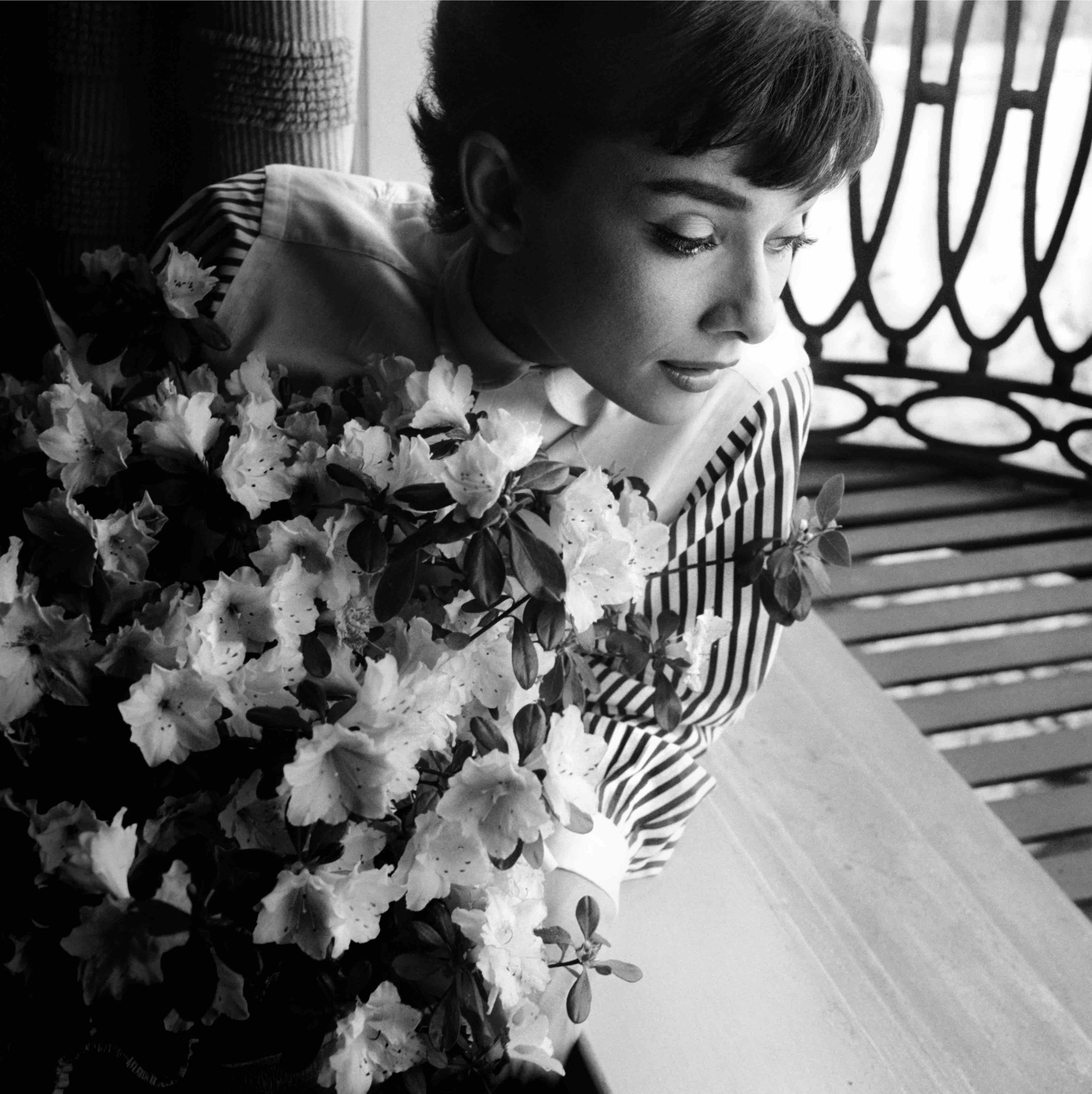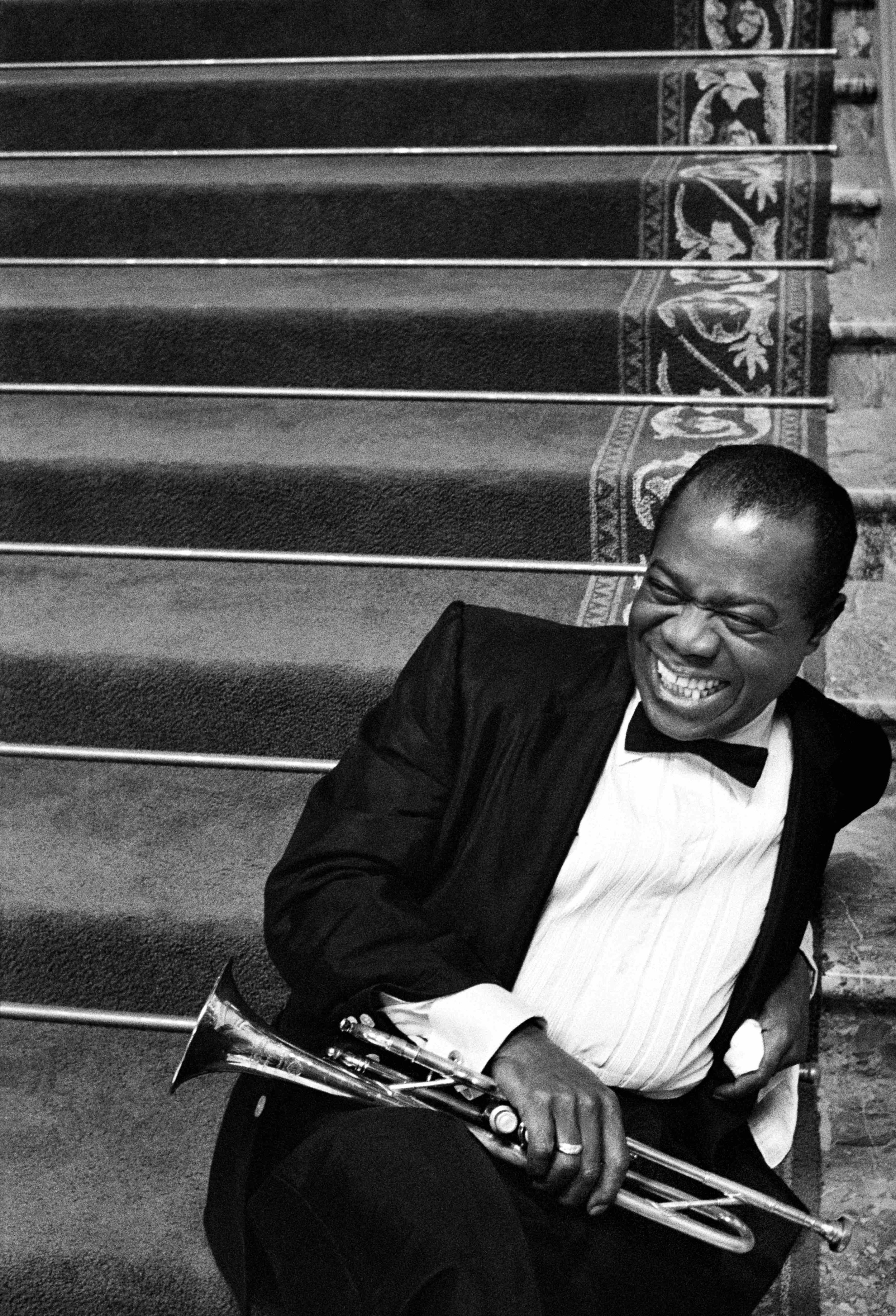Bob Willoughby (1927 – 2009) was a true pioneer of 20th century photography. He was the first ‘outside’ photographer to be hired by the Hollywood film studios to capture the moments of production on set and is the man widely credited with creating the motion picture 'still' we see everywhere today.
With sitters that included everyone from Frank Sinatra to Marilyn Monroe, Elvis Presley to Audrey Hepburn, this innovative American photographer changed the way that movie stars would be portrayed forever.
His genius was in his ability to document the course of each movie he photographed - he captured, with wonderful perception, the actors and directors on and off the set, in moments of rest and of high drama.
In many ways Willoughby invented the celebrity portrait as it exists today, casting the candid eye of the camera across the most famous faces to see them with renewed vitality. Hugely influential, this approach was emulated subsequently by the likes of Brian Duffy and Terence Donovan.
Bob was given an Argus C-3 camera for his twelfth birthday, providing the catalyst for what would become the key to his future. He studied cinema at the University of Southern California, and worked under the renowned film-maker Saul Bass at the Kahn Institute of Art whilst doing apprenticeships with Hollywood photographers.
Willoughby’s reportage style portraits of Jazz icons such as Chet Baker, Louis Armstrong and Miles Davies caught the attention of Harper’s Bazaar who gave him his first fashion magazine assignment in the early 50’s. His career really took off in 1954 when Warner Bros. asked him to photograph Judy Garland’s final scene on the set of A Star Is Born - this portrait of the star became his first Life cover and her second. This began a non-stop collaboration with the publicity departments of all the major Hollywood studios - Willoughby went from strength to strength from that point on and he quickly became one of the most sought after photographers of his time. In fact, remarkably Willoughby's work was never out of print for even a week throughout a 20-year period.
Bob Willoughby carried his creativity to other photographic realms too. In order to surmount the challenges of working on film sets, Willoughby became a technical innovator, using radio-controlled cameras for complicated and difficult sets, devising various brackets to hold a stills camera onto a Panavision camera and inventing the silent blimp for 35mm stills cameras so that he could photograph silently on set.
He would immerse himself with the film crew and use remote control cameras to achieve the most naturalistic images of the actors and directors at work. Willoughby’s spontaneous approach broke with the traditional, staid Hollywood portrait and produced ‘new’ images of a rare intimacy that lay bare the vulnerabilities of the stars. Whilst some are full of bravado and playfulness, others are tinged with shyness and anxiety.
Willoughby continued to photograph for the rest of his life, living his last years in Vence, France, where he continued a very active professional life until he died in 2009.
The Academy of Motion Picture Arts and Sciences honoured Willoughby in 1998 with a major retrospective and he won the Lucie Award for Outstanding Achievement in Still Photography in 2004. Willoughby’s photography has been published and exhibited extensively. His photographs are held in major collections worldwide including the National Portrait Gallery, Washington D.C.; the Metropolitan Museum of Art, New York; the Museum of Modern Art, New York; the National Portrait Gallery, London; the Tate Collection, London; and the Bibliotheque Nationale, Paris.




















